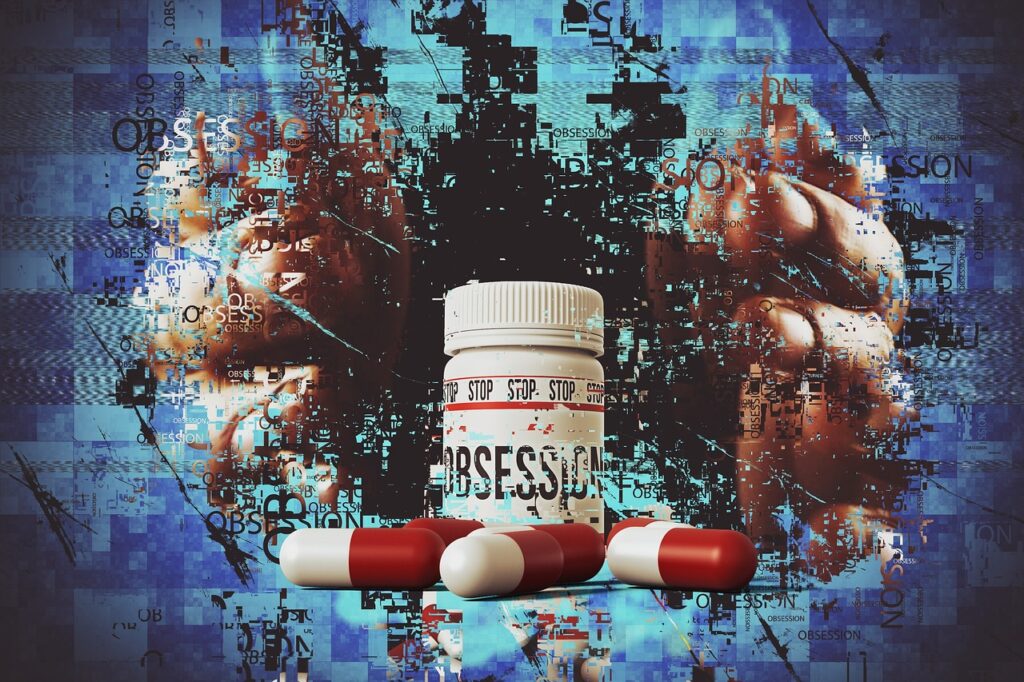Substance abuse is a pervasive issue that affects individuals, families, and communities worldwide. While the immediate effects of substance abuse are often visible, such as impaired judgment and physical health decline, there are deeper, hidden dangers that can profoundly impact a person’s life. Understanding these hidden dangers is crucial in addressing and preventing substance abuse.
1. Impact on Mental Health
Substance abuse often goes hand in hand with mental health issues such as depression, anxiety, and even psychosis. While substances might provide temporary relief or escape, they can worsen underlying mental health conditions over time. This dual diagnosis can complicate treatment and recovery processes significantly.
2. Social and Relationship Consequences
Substance abuse can strain relationships with family, friends, and colleagues. It often leads to increased conflicts, mistrust, and isolation as individuals prioritize substance use over personal connections. This isolation can exacerbate feelings of loneliness and contribute to a cycle of dependency.
3. Legal and Financial Problems
Engaging in substance abuse can lead to legal issues such as DUIs, possession charges, or even criminal behavior associated with obtaining drugs. Legal consequences can result in fines, imprisonment, and a criminal record that impacts future opportunities. Financially, substance abuse drains resources through spending on drugs or alcohol, medical bills, legal fees, and lost income due to impaired productivity.
4. Physical Health Decline
Beyond the immediate physical effects like liver damage, cardiovascular problems, and impaired coordination, substance abuse can lead to long-term health complications such as organ failure, respiratory issues, and increased susceptibility to infectious diseases. Chronic substance abuse can also contribute to premature death.
5. Impact on Academic and Career Goals
For young people especially, substance abuse can derail academic achievements and career aspirations. It impairs cognitive function, memory, and motivation, making it difficult to succeed academically or advance professionally. This can limit future opportunities and contribute to long-term socioeconomic challenges.
6. Risk of Overdose and Death
Perhaps the most severe hidden danger of substance abuse is the risk of overdose and death. With continued use, individuals develop tolerance and may escalate their intake, increasing the likelihood of overdose. Mixing substances or using unknown or adulterated drugs further heightens this risk, making every instance of substance use potentially life-threatening.
7. Stigma and Barriers to Treatment
There remains a stigma surrounding substance abuse, which can prevent individuals from seeking help. Fear of judgment from peers, employers, or healthcare providers may deter someone from acknowledging their problem and accessing necessary treatment and support services.
Conclusion
Addressing substance abuse requires a multifaceted approach that includes prevention, education, treatment, and support. By understanding the hidden dangers associated with substance abuse—such as its impact on mental health, relationships, legal and financial stability, physical health, academic and career goals, overdose risk, and stigma—we can better support individuals in making healthier choices and seeking timely intervention.
It’s essential to foster open dialogue, reduce stigma, and promote accessible resources for those affected by substance abuse. Together, we can work towards creating communities where individuals are empowered to live healthy, fulfilling lives free from the grip of substance abuse.
